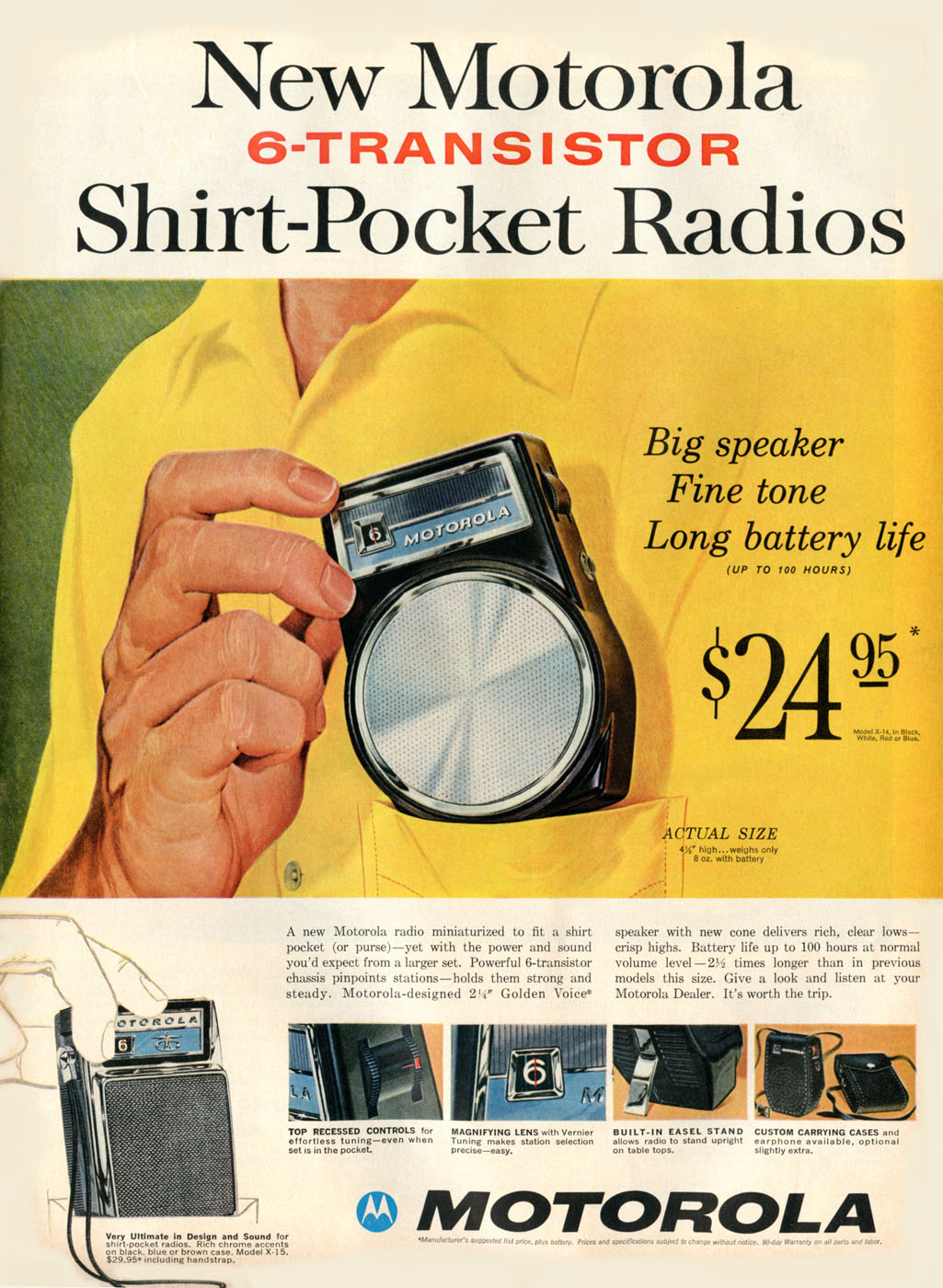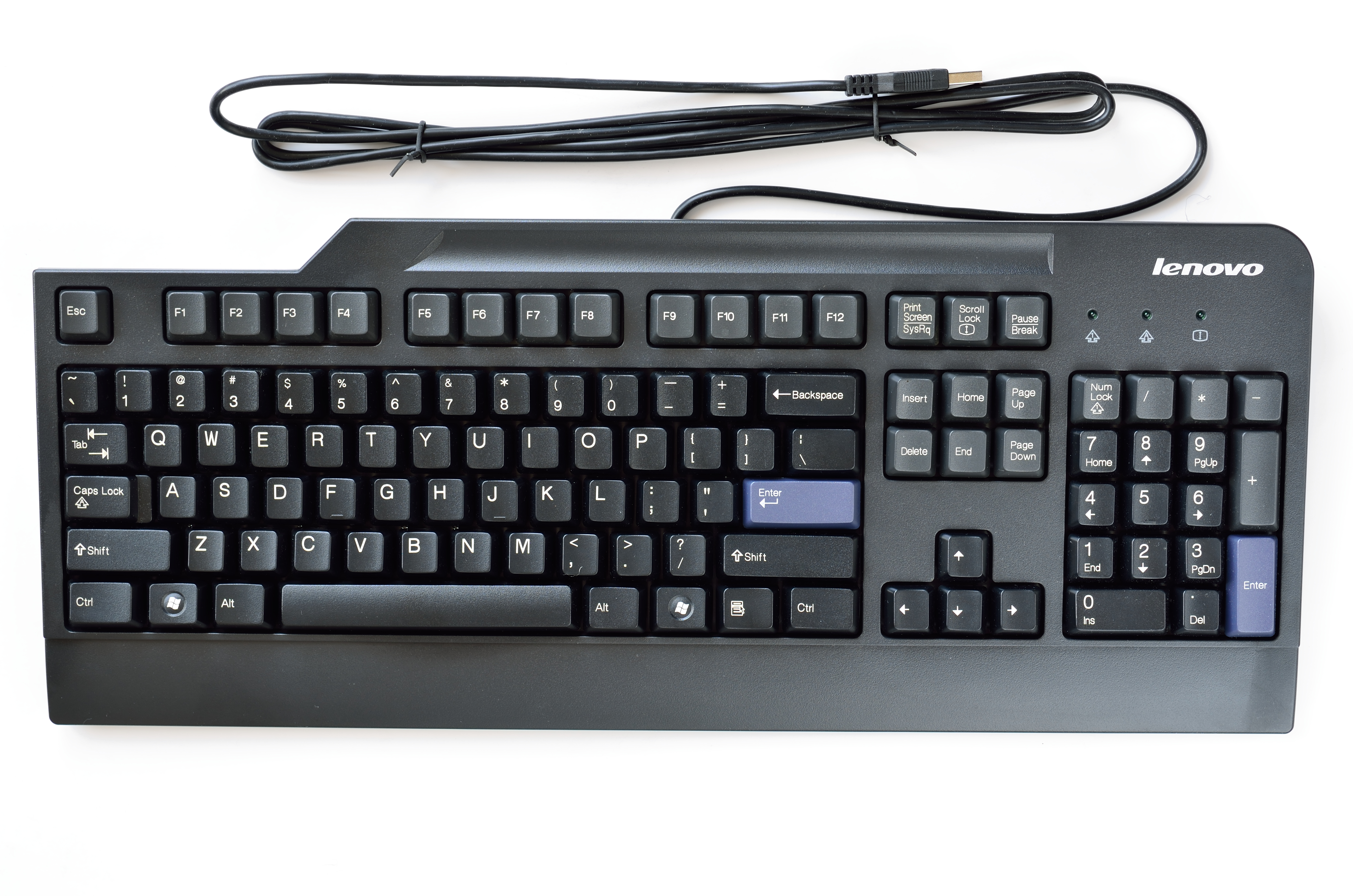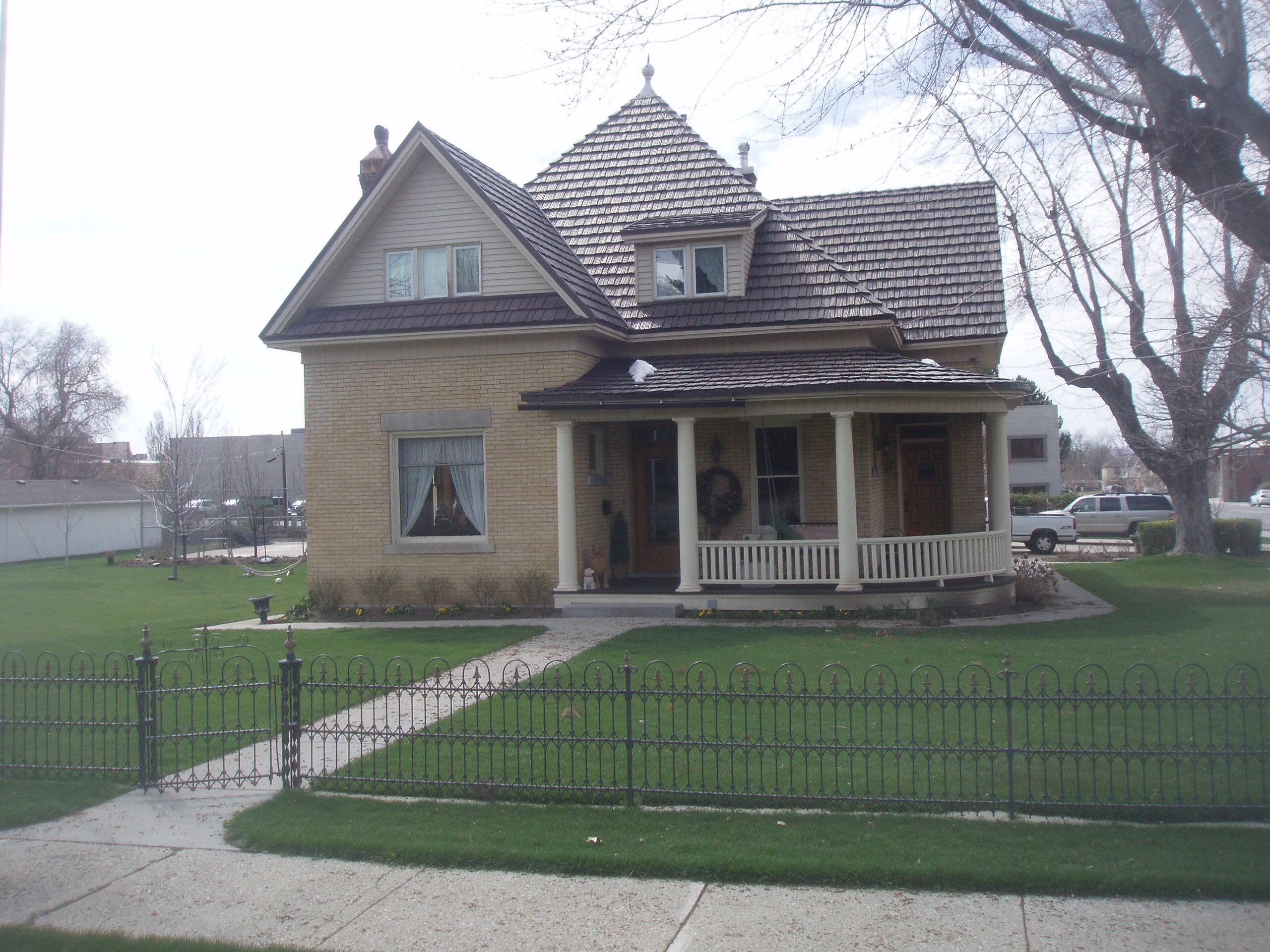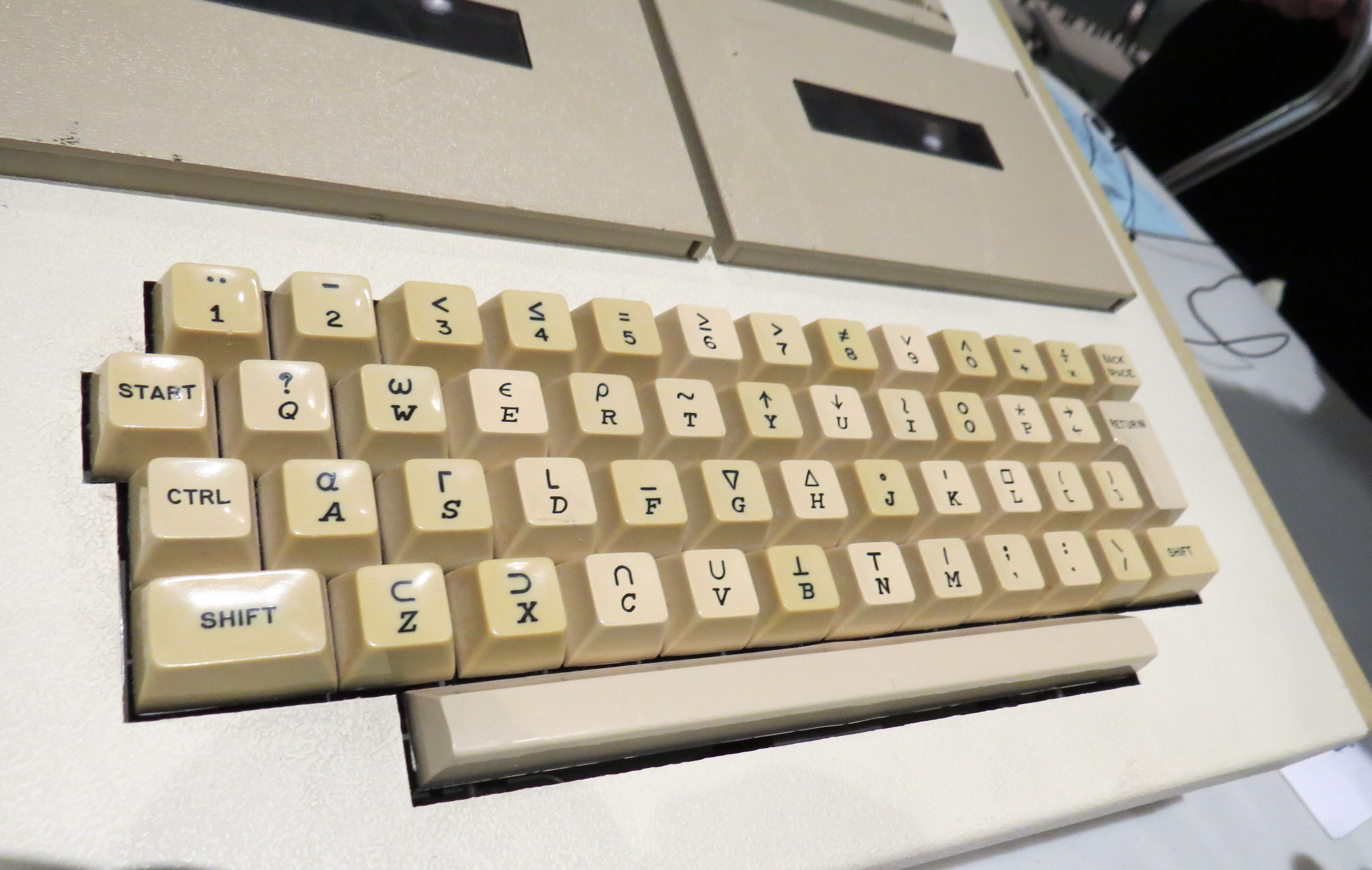|
Sphere 1
The Sphere 1 was a personal computer completed in 1975 by Michael Donald Wise and Monroe Tyler of Sphere Corporation, of Bountiful, Utah. The Sphere 1 featured a Motorola 6800 CPU, onboard ROM, a full-sized CRT monitor, 4 KB of RAM, and a keyboard with a numeric keypad. The Sphere 1 was among the earliest complete all-in-one microcomputers that could be plugged in, turned on, and was fully functional. Michael touted it as the first "true PC" because it had a keyboard, a number pad, a monitor, external storage, and did not run on a punch tape. In this respect, it is pre-dated by the 1973 MCM/70, among others, but the Sphere included a full-sized display that these generally lacked. When ''BYTE'' Magazine did its annual history of the computer, it always included Sphere 1, showing that prior microcomputers lacked the user I/O interface built into the Sphere 1. The Sphere 1 also included a keyboard-operated reset feature consisting of two keys wired in series that sent a re ... [...More Info...] [...Related Items...] OR: [Wikipedia] [Google] [Baidu] |
Motorola 6800
The 6800 ("''sixty-eight hundred''") is an 8-bit microprocessor designed and first manufactured by Motorola in 1974. The MC6800 microprocessor was part of the M6800 Microcomputer System (latter dubbed ''68xx'') that also included serial and parallel interface ICs, RAM, ROM and other support chips. A significant design feature was that the M6800 family of ICs required only a single five-volt power supply at a time when most other microprocessors required three voltages. The M6800 Microcomputer System was announced in March 1974 and was in full production by the end of that year. "Motorola's M6800 microcomputer system, which can operate from a single 5-volt supply, is moving out of the sampling stage and into full production." The small-quantity price of the MC6800 is . The MC6820 PIA cost . The 6800 has a 16-bit address bus that can directly access of memory and an 8-bit bi-directional data bus. It has 72 instructions with seven addressing modes for a total of 197 opcodes. The or ... [...More Info...] [...Related Items...] OR: [Wikipedia] [Google] [Baidu] |
Random-access Memory
Random-access memory (RAM; ) is a form of computer memory that can be read and changed in any order, typically used to store working data and machine code. A random-access memory device allows data items to be read or written in almost the same amount of time irrespective of the physical location of data inside the memory, in contrast with other direct-access data storage media (such as hard disks, CD-RWs, DVD-RWs and the older magnetic tapes and drum memory), where the time required to read and write data items varies significantly depending on their physical locations on the recording medium, due to mechanical limitations such as media rotation speeds and arm movement. RAM contains multiplexing and demultiplexing circuitry, to connect the data lines to the addressed storage for reading or writing the entry. Usually more than one bit of storage is accessed by the same address, and RAM devices often have multiple data lines and are said to be "8-bit" or "16-bit", etc ... [...More Info...] [...Related Items...] OR: [Wikipedia] [Google] [Baidu] |
Read-only Memory
Read-only memory (ROM) is a type of non-volatile memory used in computers and other electronic devices. Data stored in ROM cannot be electronically modified after the manufacture of the memory device. Read-only memory is useful for storing software that is rarely changed during the life of the system, also known as firmware. Software applications (like video games) for programmable devices can be distributed as plug-in cartridges containing ROM. Strictly speaking, ''read-only memory'' refers to memory that is hard-wired, such as diode matrix or a mask ROM integrated circuit (IC), which cannot be electronically changed after manufacture. Although discrete circuits can be altered in principle, through the addition of bodge wires and/or the removal or replacement of components, ICs cannot. Correction of errors, or updates to the software, require new devices to be manufactured and to replace the installed device. Floating-gate ROM semiconductor memory in the form of era ... [...More Info...] [...Related Items...] OR: [Wikipedia] [Google] [Baidu] |
Computer Keyboard
A computer keyboard is a peripheral input device modeled after the typewriter keyboard which uses an arrangement of buttons or keys to act as mechanical levers or electronic switches. Replacing early punched cards and paper tape technology, interaction via teleprinter-style keyboards have been the main input method for computers since the 1970s, supplemented by the computer mouse since the 1980s. Keyboard keys (buttons) typically have a set of characters engraved or printed on them, and each press of a key typically corresponds to a single written symbol. However, producing some symbols may require pressing and holding several keys simultaneously or in sequence. While most keys produce characters ( letters, numbers or symbols), other keys (such as the escape key) can prompt the computer to execute system commands. In a modern computer, the interpretation of key presses is generally left to the software: the information sent to the computer, the scan code, tells it ... [...More Info...] [...Related Items...] OR: [Wikipedia] [Google] [Baidu] |
Numeric Keypad
A numeric keypad, number pad, numpad, or ten key, is the palm-sized, usually-17-key section of a standard computer keyboard, usually on the far right. It provides calculator-style efficiency for entering numbers. The idea of a 10-key number pad cluster was originally introduced by Tadao Kashio, the developer of Casio electronic calculators. The numpad's keys are digits to , (addition), ( subtraction), (multiplication) and ( division) symbols, ( decimal point), , and keys.numeric keypad' at FOLDOC Laptop keyboards often do not have a numpad, but may provide numpad input by holding a modifier key (typically labelled ) and operating keys on the standard keyboard. Particularly large laptops (typically those with a 15.6 inch screen or larger) may have space for a real numpad, and many companies sell separate numpads which connect to the host laptop by a USB connection (many of these also add an additional spacebar off to the side of the zero where the thumb is ... [...More Info...] [...Related Items...] OR: [Wikipedia] [Google] [Baidu] |
Bountiful, Utah
Bountiful is Davis city. As of the 2010 census, the city population was 42,552, a three percent increase over the 2000 figure of 41,301. The city grew rapidly during the suburb growth of the late 1940s, 1950s, and 1960s and was Davis County's largest city until 1985, when it was surpassed by Layton. Bountiful is Utah's 15th-largest city. Although a part of the Ogden–Clearfield metropolitan area, it serves as a bedroom community to Salt Lake City and the surrounding area. However, due to the very narrow entrance into Salt Lake County, roads between the counties often reach near-gridlock traffic during rush hour. The '' FrontRunner'' commuter rail has been running since April 2008, and the Legacy Parkway was opened on September 13, 2008. These were built to help alleviate the traffic load on Interstate 15 through the Bountiful area. History Bountiful was settled on September 27, 1847, by Peregrine Sessions and his family. It was Utah's second settlement after Salt Lake Ci ... [...More Info...] [...Related Items...] OR: [Wikipedia] [Google] [Baidu] |
Cathode Ray Tube
A cathode-ray tube (CRT) is a vacuum tube containing one or more electron guns, which emit electron beams that are manipulated to display images on a phosphorescent screen. The images may represent electrical waveforms (oscilloscope), pictures ( television set, computer monitor), radar targets, or other phenomena. A CRT on a television set is commonly called a picture tube. CRTs have also been used as memory devices, in which case the screen is not intended to be visible to an observer. The term '' cathode ray'' was used to describe electron beams when they were first discovered, before it was understood that what was emitted from the cathode was a beam of electrons. In CRT television sets and computer monitors, the entire front area of the tube is scanned repeatedly and systematically in a fixed pattern called a raster. In color devices, an image is produced by controlling the intensity of each of three electron beams, one for each additive primary color (red, green, ... [...More Info...] [...Related Items...] OR: [Wikipedia] [Google] [Baidu] |
Hazeltine Corporation
Hazeltine Corporation was a defense electronics company which is now part of BAE Systems Inc. History 1924–1986 The company was founded in 1924 by investors to exploit the Neutrodyne patent of Dr. Louis Alan Hazeltine. Headquartered in Greenlawn, Long Island, New York, since 1955, it had facilities in several other locations in Long Island, including its Wheeler Laboratories facility in Smithtown, New York, manufacturing plants in Riverhead and Little Neck, NY, and a division in Braintree, Massachusetts. The company originally concentrated on the design of electronic circuits and the licensing of patents. Innovations in radio, monochrome and later color television components allowed the company to grow. One particularly lucrative design was the Automatic Gain Control circuit. This was such a useful feature that almost every AM radio made used this feature, by license from Hazeltine, from about 1930 until the patent expired. Hazeltine Corporation also developed and licen ... [...More Info...] [...Related Items...] OR: [Wikipedia] [Google] [Baidu] |
TRS-80 Model III
The TRS-80 Micro Computer System (TRS-80, later renamed the Model I to distinguish it from successors) is a desktop microcomputer launched in 1977 and sold by Tandy Corporation through their Radio Shack stores. The name is an abbreviation of ''Tandy Radio Shack, Z80 icroprocessor'. It is one of the earliest mass-produced and mass-marketed retail home computers. The TRS-80 has a full-stroke QWERTY keyboard, the Zilog Z80 processor, 4 KB dynamic random-access memory (DRAM) standard memory, small size and desk area, floating-point Level I BASIC language interpreter in read-only memory (ROM), 64-character per line video monitor, and a starting price of US$600 (equivalent to US$ in ). A cassette tape drive for program storage was included in the original package. While the software environment was stable, the cassette load/save process combined with keyboard bounce issues and a troublesome Expansion Interface contributed to the Model I's reputation as not well-suited to serious u ... [...More Info...] [...Related Items...] OR: [Wikipedia] [Google] [Baidu] |
Punch Tape
Five- and eight-hole punched paper tape Paper tape reader on the Harwell computer with a small piece of five-hole tape connected in a circle – creating a physical program loop Punched tape or perforated paper tape is a form of data storage that consists of a long strip of paper in which holes are punched. It developed from and was subsequently used alongside punched cards, differing in that the tape is continuous. Punched cards, and chains of punched cards, were used for control of looms in the 18th century. Use for telegraphy systems started in 1842. Punched tape was used throughout the 19th and for much of the 20th centuries for programmable looms, teleprinter communication, for input to computers of the 1950s and 1960s, and later as a storage medium for minicomputers and CNC machine tools. During the Second World War, high-speed punched tape systems using optical readout methods were used in code breaking systems. Punched tape was used to transmit data for manufacture ... [...More Info...] [...Related Items...] OR: [Wikipedia] [Google] [Baidu] |
MCM/70
The MCM/70 was a pioneering microcomputer first built in 1973 in Toronto, Ontario, Canada and released the next year. This makes it one of the first microcomputers in the world, the second to be shipped in completed form, and the first portable computer. The MCM/70 was the product of Micro Computer Machines, one of three related companies set up in Toronto in 1971 by Mers Kutt. It is considered by some historians to be the first usable personal microcomputer system. Early history Kutt, a professor of mathematics at Queen's University in Kingston, Ontario during the late 1960s, noted that the efficiency of computer users there was hampered by the long wait times involved in submitting programs in punched card form for batch processing by a shared mainframe computer. In 1968, Kutt and Donald Pamenter started a firm, Consolidated Computer Inc., and began to produce a data-entry device named ''Key-Edit''.Stachniak 2011, pg. 9 This was a low-cost terminal, with a one-line display dev ... [...More Info...] [...Related Items...] OR: [Wikipedia] [Google] [Baidu] |
Byte (magazine)
''Byte'' (stylized as ''BYTE'') was a microcomputer magazine, influential in the late 1970s and throughout the 1980s because of its wide-ranging editorial coverage. "''Byte'' magazine, the leading publication serving the homebrew market ..." ''Byte'' started in 1975, shortly after the first personal computers appeared as kits advertised in the back of electronics magazines. ''Byte'' was published monthly, with an initial yearly subscription price of $10. Whereas many magazines were dedicated to specific systems or the home or business users' perspective, ''Byte'' covered developments in the entire field of "small computers and software", and sometimes other computing fields such as supercomputers and high-reliability computing. Coverage was in-depth with much technical detail, rather than user-oriented. The company was purchased by McGraw-Hill in 1979, a watershed event that led to the rapid purchase of many of the early computer magazines by larger publishers. By this time t ... [...More Info...] [...Related Items...] OR: [Wikipedia] [Google] [Baidu] |







